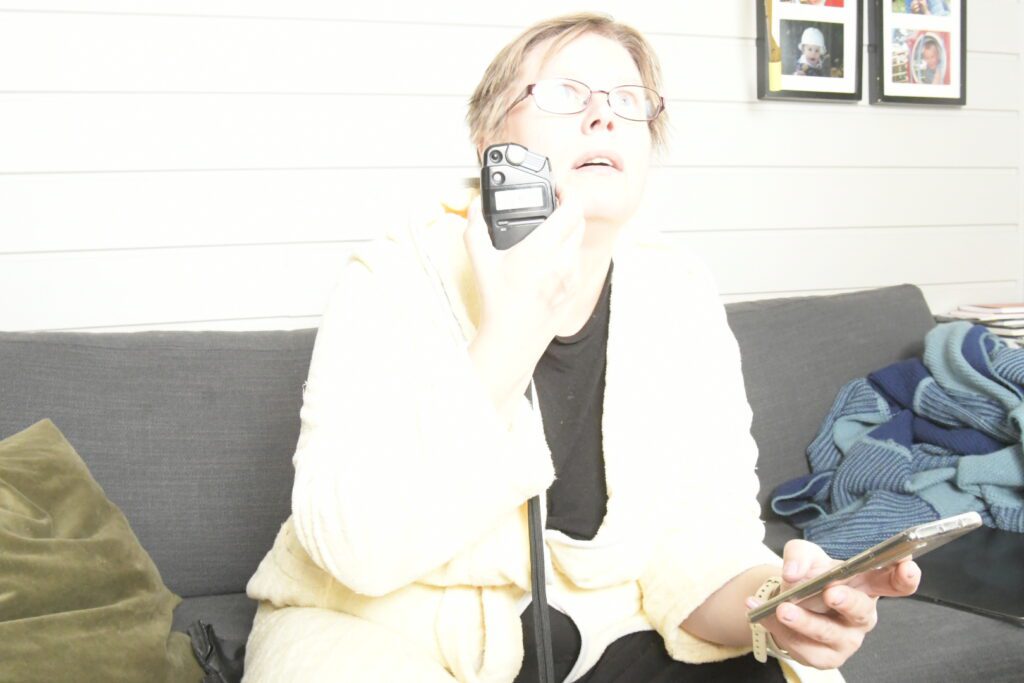The light around us has certain qualities such as warm or cold (or somewhere in between). This is what is called colour temperature and with a certain colour temperature comes a certain colour cast. Our eyes and brain compensates for this colour shift, so that the colour white is almost always perceived as white, but a camera cannot do that. In order to fix this colour shift, one have to adjust the white balance in the camera (you can also trust your camera to set the white balance for you).
There are many ways of setting white balance in a dslr camera. One is to use the presets provided with the camera. On most cameras you will find presets for outdoor full sun, outdoor shades, indoor fluorecence and more. You can also choose to set the colour temperature manually. The scale for measuring colour temperature is Kelvin (K). A third way is to use a grey card – you photograph a neutral grey object (for example a cardboard or a piece of paper) under the current lightning condition and adjust the white balance according to that.
A clear, blue sky has the colour temperature of 10 000 K while a candle has a colour temperature of 1 800 K. All other lights are somewhere in between. Outdoor on a cloudy day (as today) has the colour temperatore of 5 000 K.
To demonstrate the various colour temperatures, I have taken a series of pictures with various colour temperature settings.
The best image is the one with colour temperature of 5 050 K, which is the colour of outdoor cloudy weather – as it is today.
I did the same excersise indoors and since it is almost christmas, my christmas decoration became the subject. The lightning was an overhead led light and a desktp light – also led. The curtains were closed.
The colour of LED light is 2 700 K and the first image was taken at 2 600K
I think I understand how this white balance feature works. A candle light, that has a colour temperature of 1 000 K, is a very warm light. The camera then needs to compensate for that warm light by bringing in some cooler colours. If you shoot with a white balance settings of 2 600 K (which is the lowest my camera can handle), you get a blue-ish image – since the camera adds blue to compensate for the warmer yellow colour of a candle. If the light is very cold, as on a cold winter day, the colour temperature is around 8 000 K. An image shot on 8 000 K has lots of yellow in it – to compensate for the blue in the snow.



